Sony Xperia Pro-I review: Professional enough at $1,800?
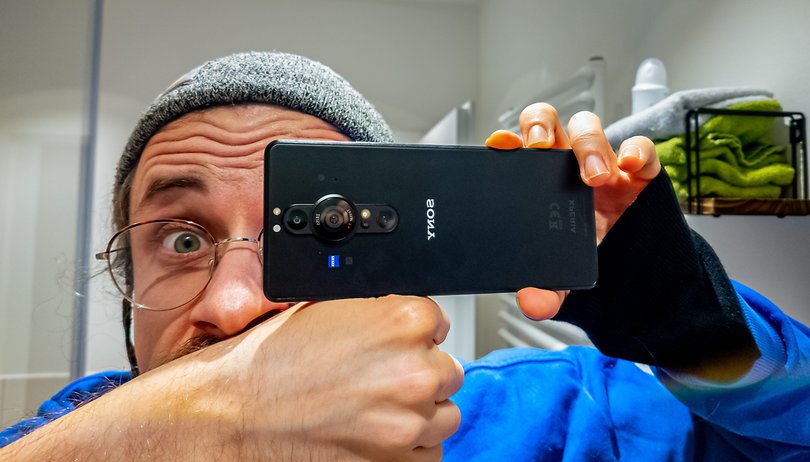

Read in other languages:
The Sony Xperia Pro-I made headlines with a 1-inch sensor that includes a variable aperture! Sony wants to lure camera and video professionals out of their comfort zone, where many of them still rely on DSLRs, system cameras and cinema cameras in 2022. In this review, I find out whether this zany plan actually works as it comes with a recommended retail price of $1,800.
Good
- Innovative 1-inch sensor with variable aperture
- Excellent image and video quality for a smartphone
- Very good 4K display
- High-performance smartphone
- Fairly robust
- 3.5 mm jack
Bad
- Focal length of the 1-inch sensor is impractical
- Lacks Sony's variable telephoto cameras
- Powerful thermal throttling
- Display is less color-faithful than expected
- No wireless charging
- Distance sensor causes problems when making calls
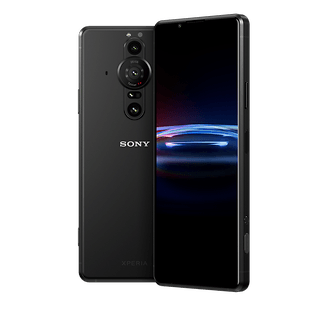
Price and availability
The Sony Xperia Pro-I is already available in stores. It costs a whopping $1,800 and is available in a single storage configuration and a single color. This ought to make sure you do not experience any analysis paralysis when it comes to options since there are none to choose from.
Sony ranks the Pro-I as the professional model of the current Xperia lineup. Thus, it is the big brother of the Xperia 5 III, Xperia 10 III and Xperia 1 III models. Further up in the portfolio, there is another professional Xperia handset known as the Sony Xperia Pro, which costs well over $2,000!
Design & workmanship: Premium in all aspects
Sony's Xperia Pro-I is a premium smartphone, make no mistake about it. The manufacturer relies on a robust design with a corrugated frame and IP68 certification. In addition, Gorilla Glass Victus is used on the display, while Gorilla Glass 6 adorns the back. Measuring 166 × 72 × 8.9 mm, it easily shows that Sony relies on a 21:9 format display. The entire handset will tip the scales at 211 grams.
What I liked:
- Very robust.
- Practical camera shutter button.
- Cleverly implemented SIM slot.
What I disliked:
- New video button is too close to camera button.
- Proximity sensor is too sensitive.
During the review, I used the Xperia Pro-I without a protective case. I was only partially concerned about the safety of the smartphone. Sony's build quality is impeccable and the materials used, such as Gorilla Glass Victus for the display glass, are of very high quality. Although this makes the Pro-I a pleasure to hold, it is not exactly slim with a thickness of 8.9 mm and a weight of 211 grams.
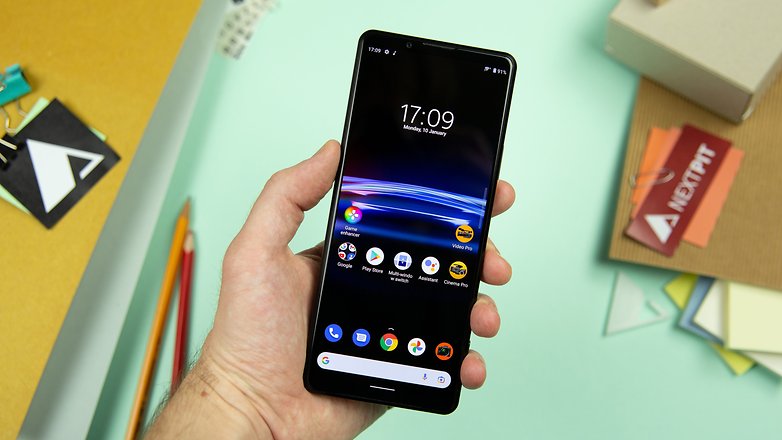
However, this is by no means a disadvantage when taking pictures. Together with the terrific camera shutter button, which was already available in the Xperia 1 III and Xperia 5 III, photos are more fun to take here than on any other smartphone that I know of. However, Sony also added a video button to the camera shutter button. I accidentally pressed this button more often than I would have liked in the review, and always had to switch back to the camera app.
What's poorly executed? Sony has not solved problems with the proximity sensor, which I already criticized in the Xperia 1 III review. The display often turns on when making calls, and with a bit of bad luck, you tend to mute yourself or hang up using your cheek. This flaw cannot be compensated for by the practical SIM slot without the need for any tools to open. You can also easily remove and insert microSD cards when transferring data via this slot.
Display: Default color settings could be better configured
The screen of Sony's Xperia Pro-I measures 6.5-inches and carries a 4K resolution. You can enjoy movies in the 21:9 cinema format any nasty without black edges interrupting your viewing. A refresh rate of 120 Hertz ensures that everything runs smoothly. In addition, there are numerous certifications such as for HDR and other standards.
What I liked:
- Crisply sharp, extremely fast and beautifully bright screen.
- Can be precisely adjusted to your preference or color analyses.
What I disliked:
- 120 hertz refresh rate and 4K resolution consume a lot of power.
- Colors are not well-configured by default.
Basically, I already told you about the display of the Xperia Pro-I in the Xperia 1 III review. Here, the manufacturer did not have to to anything to improve, because the 6.5-inch OLED display with 4K resolution and 120 hertz refresh rate is one of the best displays I have ever seen on a smartphone. Once again, the Creator mode together with the color temperature are particularly interesting, which gives you good color fidelity.
As you can see in the diagram, the display is a bit too blue by default and also in Creator mode. The calculated Delta-E value, which our tool unfortunately does not show on the chart, represents the average of the deviations. We were able to reduce it from over five to just under two by adjusting the display. That speaks for a wide range of adaptability. However, Sony's goal of enabling a particularly true-to-life color reproduction in Creator mode is not true according to our measurements.
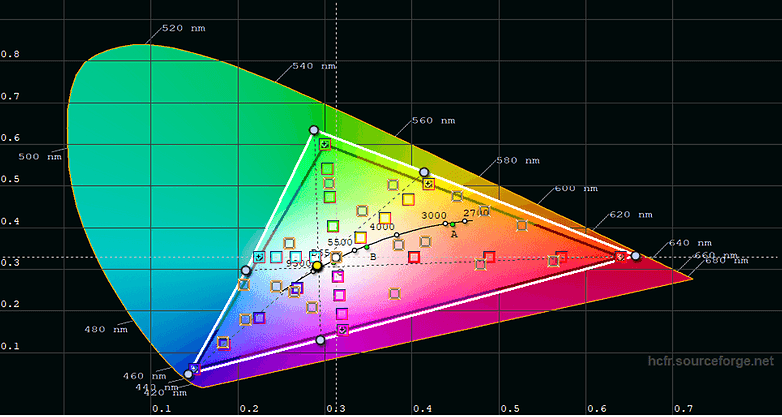
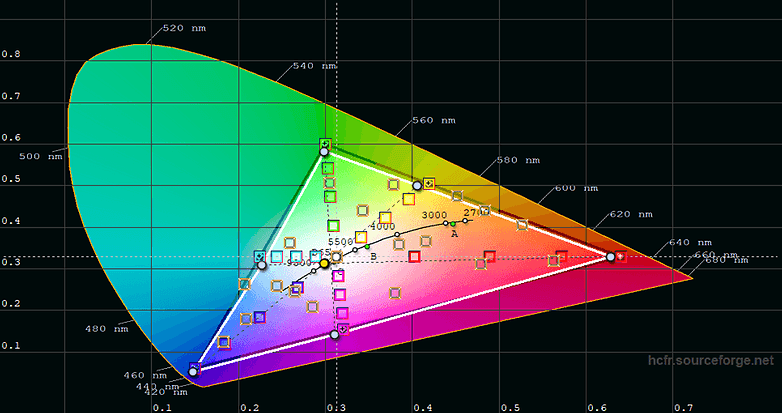
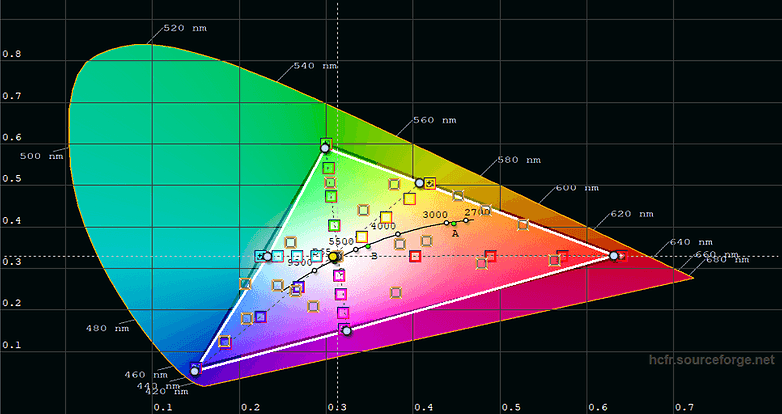
Nevertheless, I hardly have anything to criticize about the display. Only the sense that the number of pixels on 6.5-inch screen could still be raised further here. However, we will come back to that when we talk about its battery life.
Sony Xperia Pro-I software
Sony ships the Xperia Pro-I with Android 11 right out of the box. The manufacturer has left the mobile operating system almost untouched. The biggest adjustments include a vibration feedback mode and the manufacturer's hardly beatable photography and video apps. Sony's update warranty lags behind many competitors with just two major Android updates.
What I liked:
- Almost stock Android experience.
- Very good photo and video apps.
What I disliked:
- Only two major Android updates.
- Still ships with Android 11.
There is not much to say about Sony's very own Android skin. You get a plain operating system that is basically the same as the stock Android experience that you get on Google's Pixel smartphones. Compared to these, however, Sony remains stuck on Android 11, which is a shame for such an expensive smartphone. In return, Sony offers a big advantage:
The proprietary camera and video apps Cinema Pro, Video Pro and Photo Pro have incredibly uninspired names, but they are really powerful. Professionals will enjoy these apps that add helpful tools to the smartphone, such as histograms or even a manual focus mode with A-B changer.
The latter allows you to define two focus levels in videos, which the smartphone then switches between. This is great in theory, but it hardly makes sense with such small sensors. The optical blur is so low in most pictures that the effect is hardly noticeable. You can see this in more detail in the video.
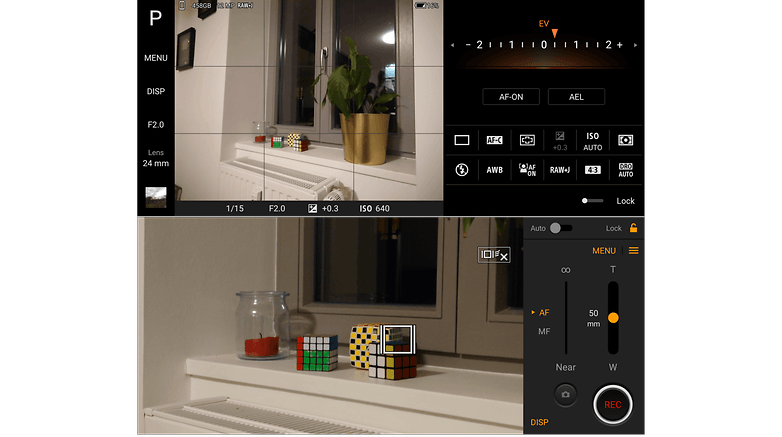
Sony strictly adheres to the design of its Sony cameras. So if you currently use a system camera from the manufacturer, you are already familiar with the menus and buttons.
Performance: Snapdragon 888 at full steam ahead
The Xperia Pro-I is powered by Qualcomm's Snapdragon 888, which is supported by 12 GB of working memory and 512 GB of internal storage. Beyond that, the smartphone is up to date in terms of connectivity. You can enjoy uber fast standards such as USB 3.2 Gen 2 and Bluetooth 5.2, and connect to the Wi-Fi network via Wi-Fi 6. 5G and NFC connectivity are also part of the package.
What I liked:
- High performance level.
- Fast transmission standards.
What I disliked:
- Sony can't solve overheating problems of the Xperia 1 III.
- Thermal throttling is not as aggressive despite rapid increase in temperature.
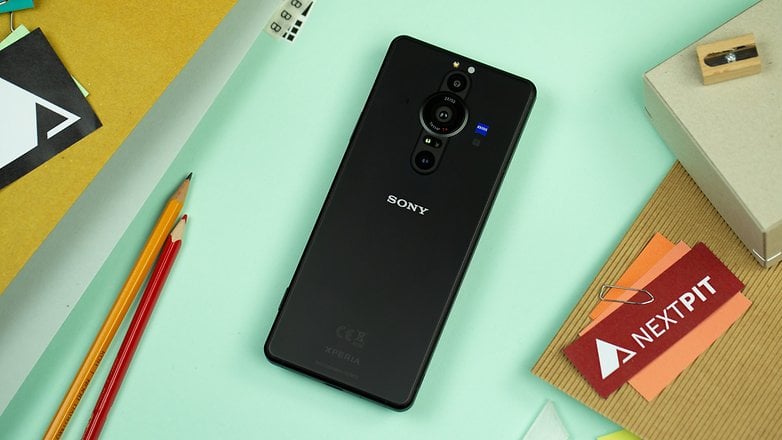
In terms of performance, the Xperia Pro-I is on par with the Sony Xperia 1 III because it shares the same components. This leads to a very high performance level even in the professional model, which is on par with the most powerful smartphones from 2021. Thus, you are well-equipped for mobile games or 4K video editing after purchasing it. Fortunately, Sony does not compromise when it comes to data transfer to the PC, considering the amount of videos and photos that you are going to capture. USB 3.2 Gen 2 provides transfer speeds of up to 10 Gb/s with compatible devices.
Sony Xperia Pro-I benchmarks
| Device | Geekbench 5 | 3D Mark WildLife | 3D Mark WildLife stress test |
|---|---|---|---|
| Sony Xperia Pro-I | 1.125 / 3.641 | 5.784 at 34.6 FPS | Top: 5.751 | Lowest: 3.860 |
| Samsung Galaxy S21 Ultra | 942 / 3.407 | 5.375 at 32.2 FPS | - |
| OnePlus 9 Pro | 1.112 / 3.633 | 5.670 | Top: 5.698 |
| Sony Xperia 1 III | 1.115 / 3526 | 5.683 | Top: 5,692 | Lowest: 3,164 |
However, working with the smartphone is clouded by a disturbing factor. Like its cheaper brother, the Xperia Pro 1 gets really hot when it performs performance-intensive tasks. So hot, in fact, that touching the area near the Sony logo becomes unpleasant. The heat issues are also noticeable in the long run. Even though the thermal throttling is not quite as aggressive, performance drops by almost 30% after 20 minutes.
Audio: The HiFi smartphone
Contrary to current trends, Sony equipped the smartphone with a 3.5 mm jack. Furthermore, the smartphone supports several codecs and standards, such as Dolby Atmos, DSEE Ultimate, Sony's high-quality LDAC Bluetooth codec as well as AptX HD, and the proprietary 360 Reality Audio. However, the 3.5 mm audio jack offers creative users another advantage.
What I liked:
- 3.5 mm audio jack offers higher quality and latency-free audio.
- Quite a few codecs and standards supported.
What I disliked:
- Sony's vibrate audio mode still remains a mystery.
Sony's reliance on a 3.5 mm audio jack makes perfect sense especially when you want to record videos with the smartphone. You can check the sound of the integrated microphones or the audio track of a connected USB-C microphone via a completely latency-free cable. This is a big advantage when you want to record interviews using the smartphone, for example. The audio jack also doubles up as an input for wired microphones.
The internal speakers are powerful and can optionally be "supported" by a vibration mode. I use quotes here since I feel that it is completely unnecessary. The smartphone reacts to bass bumps and low tones by compensating those with the vibration motor. However, the entire idea isn't that well-executed to be really useful. My recommendation? Turn it off!
Camera: Does the RX-100 Fusion work?
The linchpin of the Xperia Pro-I would be the integrated cameras, led by the main camera with a 1-inch sensor. This comes from Sony's RX-100 IV, which positions itself as a professional digital camera on the market. In addition to the main camera with a focal length of 24 millimeters and optional aperture (f/2.0 and f/4.0), you can switch to a telephoto camera with a focal length of 50 millimeters and an ultra-wide-angle camera with a 124-degree viewing angle.
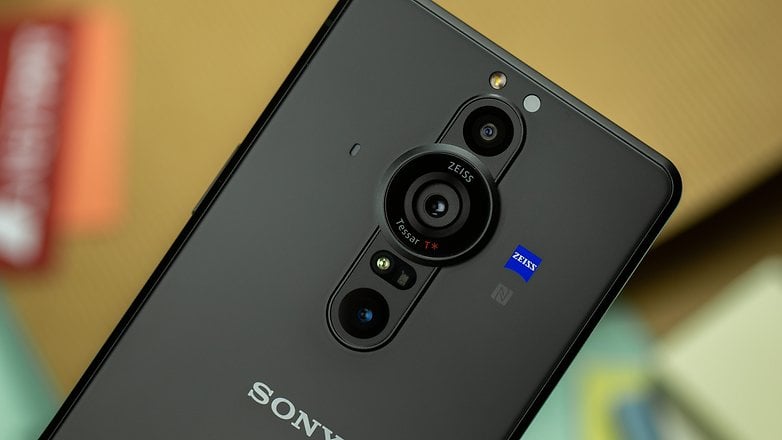
Photography
What I liked:
- Main camera with very good image quality.
- RAW recordings are great for post-processing.
- Overall, nicely flexible camera setup.
What I disliked:
- Only 60% of the area on the "1-inch sensor" is used.
- Color matching of the different cameras is not optimal.
- Best image quality at a difficult focal length.
During the weeks that I used the Xperia Pro-I, I snapped quite a wide array of photos. Therefore, I decided to put all the pictures in a gallery for you and focus on my opinion. By doing so, I would like to divide this section once again into everyday situations and work - because a smartphone that is aimed at professionals has to be able to hold its own right there.
Fun Fact: I also took the cover picture for this review with the Xperia Pro-I!
A few words about the sensor: It actually measures 1'' and also comes with features like continuous shooting at 20 frames per second, 4K at 120 frames per second, and object tracking that updates 60 times per second. However, Sony had to lower the original resolution from 20 megapixels to 12 megapixels to make the sensor work in the smartphone, using only around 60% of the component's area. Thus, the resolution is lower, but the size of the pixels remains unaffected.
Use in everyday life
In everyday use, you can expect a camera that is not significantly better than the alternatives found in the Google Pixel 6 Pro or the Apple iPhone 13 Pro. That is not bad at all, because Sony's camera is responsive and offers a reliable autofocus thanks to phase autofocus. The complex camera app is very easy to use in Easy mode. Sony has even thought of gimmicks like face filters and creative modes.
Sony Xperia Pro-I review gallery
However, I find it regrettable that Sony hasn't found room to include the variable telephoto camera of the cheaper Xperia models. These would have been a real gain in terms of flexibility, which I miss a bit in the Xperia Pro-I. All in all, the Pro-I offers a great snapshot camera that is, in my opinion, more fun to use than in any other smartphone thanks to the dedicated camera button.
Use at work
When working with the Xperia Pro-I, however, problems arise in my opinion. This is attributed to Sony's decision to combine the sensor of the RX 100 IV with a focal length of 24 mm, which I find to be rather unfavorable. At this focal length, you will have to live with distortions that make objects and faces misshapen. In reality, I then shot product photos with "bleed" around the outside and then cropped them heavily. That's just fine, portraits aren't really fun with this smartphone.
However, we have to reckon with a further loss of resolution and image quality when cropping, which we already experience due to the only partially used 1-inch sensor. This is annoying, but it is probably technically impossible to implement otherwise. Due to this circumstance, I see the Xperia Pro-I as a good candidate for architecture and landscape shots.
Sony Xperia Pro-I review gallery
When it comes to portrait photography, product photography, or all other areas where narrower image details are necessary, you have to switch to the telephoto camera and thereby forfeit the advantages that the 1-inch main sensor brings. This is especially unfortunate when you first edit the raw sensor data in Lightroom or another image editing program.
This is because the RAW files are very suitable for taking pictures that do not look like they came from a smartphone. For the very first time, the Sony Xperia Pro-I satisfactorily escapes the artifact-laden and rather muddy details which are normally found in smartphone pictures, which is why I still carry a system camera around in 2022. The quality of these pictures is breathtaking, but they lack the necessary flexibility.
Video
What I liked:
- Maximum 4K recording at 120 frames per second.
- Optical image stabilization including eye autofocus.
What I disliked:
- Main camera stabilization looks artificial.
- Telephoto and ultra-wide-angle only limited to 4K / 30 FPS.
The Xperia Pro-I also wants to impress professionals with high quality video. I have already told you that the smartphone's video app enables more features than those found in some other smartphones. You can find out whether the recording quality is also good in the following video.
Admittedly, I've only been working with video editing and the various options offered by professional video cameras for a short time. Therefore, I can only state that Sony's video camera app is fun to use and that I like the recording quality, especially during the day. At night, image quality decreases a lot because Sony works with high light sensitivity instead of a video night mode.
At the same time, I miss special features like digital bokeh, which the iPhone 13 mini that I am currently using always amazes with.
Battery: 4,500 mAh and power-hungry hardware
The battery capacity has not improved compared to the cheaper Xperia models. You get a 4,500 mAh capacity cell that can be recharged via the USB-PD standard at just under 30 watts. Wireless charging is not on board, though.
What I liked:
- Battery life is OK with 60 hertz refresh rate.
What I disliked:
- Battery life is inadequate at 120 hertz refresh rate.
- No wireless charging support.
The battery performance of the Xperia Pro-I is on par with the Xperia 1 III in everyday use, which means you can get through a day with a limited refresh rate and will have to be very careful when activating the 120 hertz refresh rate in order to not end up without a usable smartphone at the end of the day. However, there is one big drawback in comparison: The Xperia Pro-I does not support wireless charging!
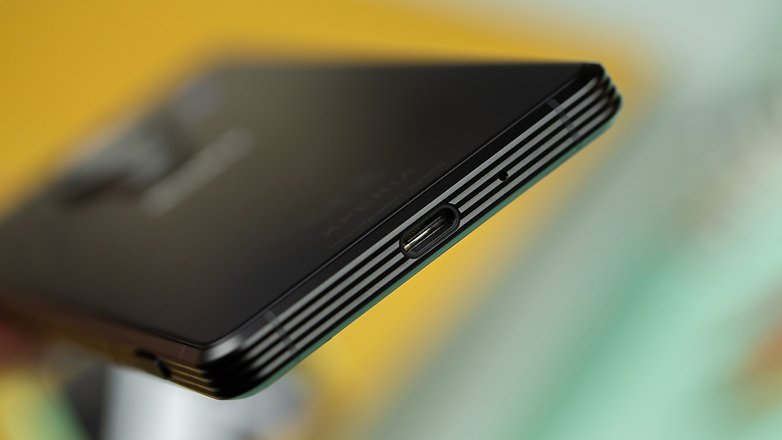
Furthermore, you would expect a professional device to have quick charging options so that you do not experience any downtime during jobs or in the studio. Here, quick-charging works at 30 watts, but that is not really fast compared to other devices. I would have liked a creative solution here, such as a battery replacement option or a power bank solution.
Conclusion
The Sony Xperia Pro-I is a technical masterpiece. Who would have thought that Sony, of all companies, would be the address for exciting innovations in the smartphone sector in 2022? While Apple and Samsung rely on proven qualities, Sony ventures into exciting but also very expensive smartphones. After the Sony Xperia 1 III and the Xperia 5 III with a useful telephoto lens and the Sony Xperia Pro, which you can use as a 5G streaming station with a suitable camera, the Pro-I offers the sensor from Sony's professional RX 100 IV digital camera.
However, the 1-inch sensor is only used 60% of the time and in my opinion, it sits in front of the wrong lens. Because for many areas of photography, a focal length of 24 mm has too much wide-angle which leads to distorted faces and buildings. As for the rest of the cameras, however, it has a hint of a lack of innovation and quality over other smartphones.
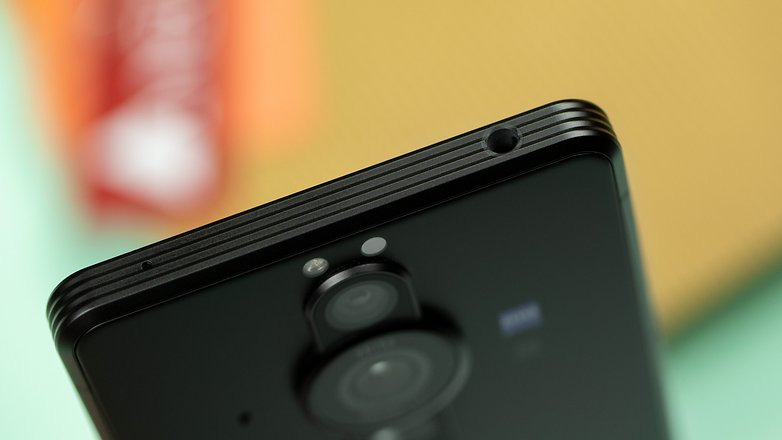
As a smartphone, the Xperia Pro-I impresses here with a very high performance level, a brilliant 4K display, and a robust premium case. The 3.5 mm audio jack is also a treat when you want to check the sound during recordings without having to worry about latency issues. So does it sound like I'm recommending the Pro-I to professionals?
Unfortunately, I still think the $1,800 price tag slapped on the Xperia Pro-I is a bad business decision. At this price, you can buy an ultra-compact camera system with direct 5G connectivity, but this is still too limited. Here, we see the big disadvantage that smartphones still have compared to "real" cameras, even though they are slowly catching up in terms of sensor technology: The image quality decreases too much when you want to switch to a different focal length. Therefore, cameras with interchangeable lenses or models with variable optical focal length are still the better choice.
Smartphone fans, on the other hand, can almost as well go for the Xperia 1 III or the Xperia 5 III. In my opinion, you get a more interesting camera with a variable telephoto lens and also enjoy the convenience of quick charging. You will also save money!
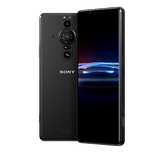




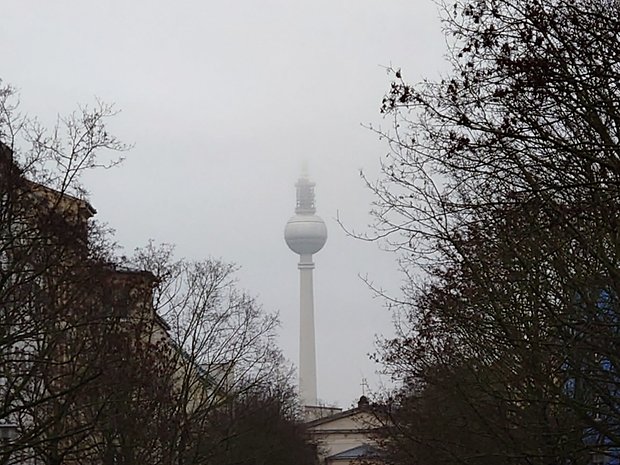



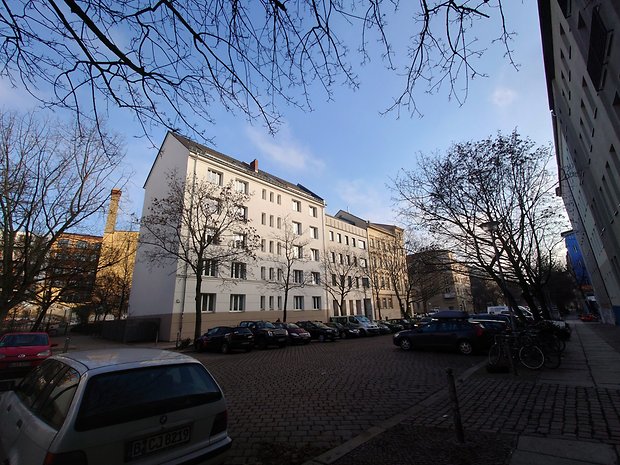

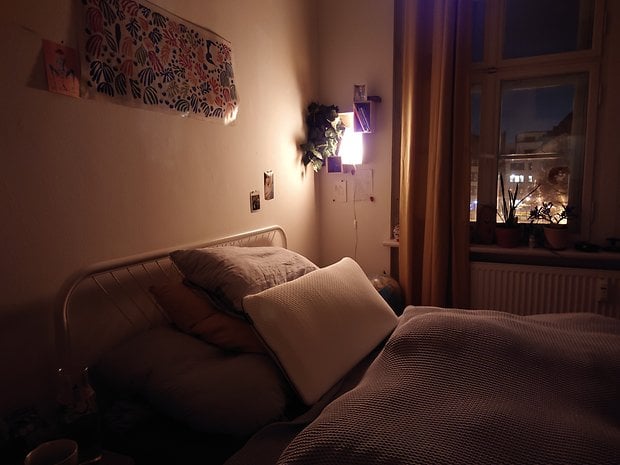

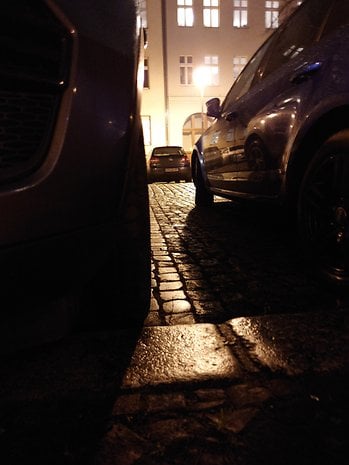










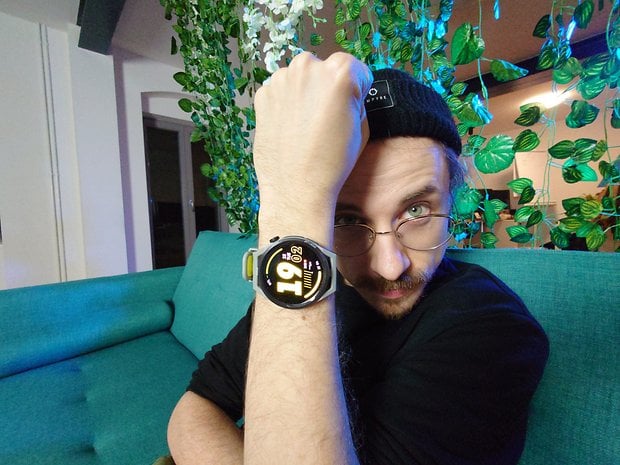
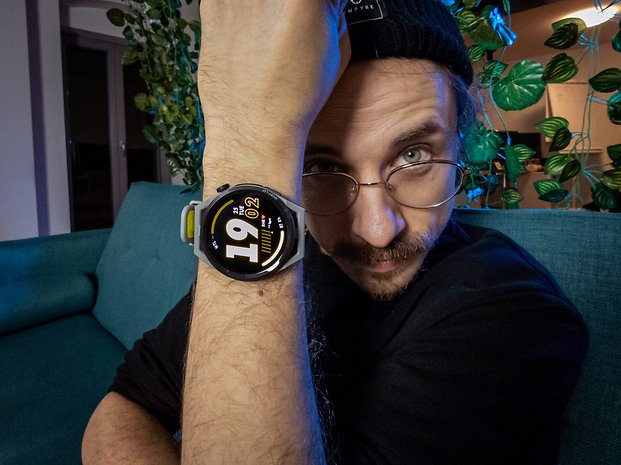
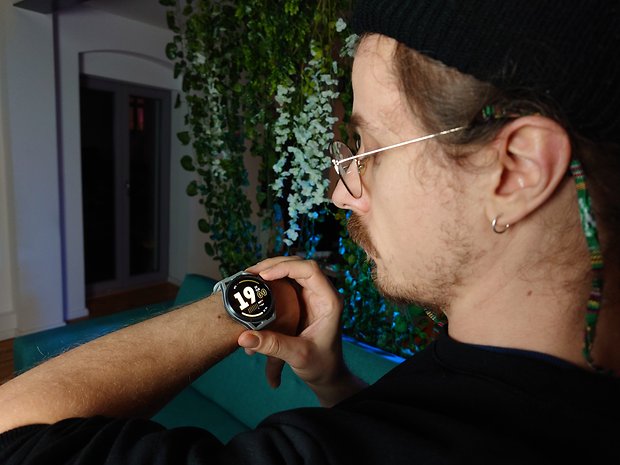
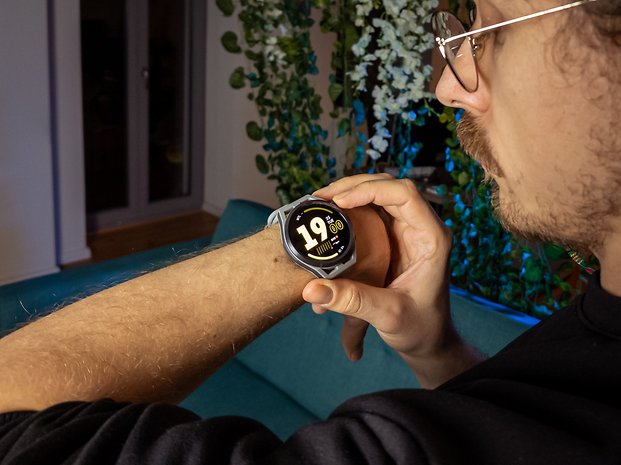







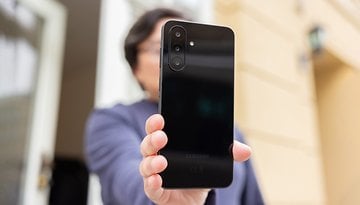
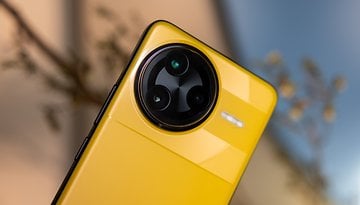
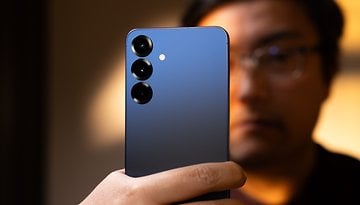










The simple thing to say here: the sensor is a 1" 20 megapixel sensor that's cropped to 12 megapixels. So not really a 1" chip in actual use. The article seems to jump through hoops to avoid clearly stating this.
As well, the term "1 inch sensor" is an esoteric measure dating back to videcon tubes, not the actual size of the chip. A 1" sensor is 13.20mm x 8.80mm, with a diagonal of 15.86mm.
-
Admin
-
Staff
Mar 14, 2022 Link to commentThanks for pointing that out. The review was updated to clarify that (it got lost in translation).
We also added a link to a guide explaining the usage of "inches" for camera sensors.